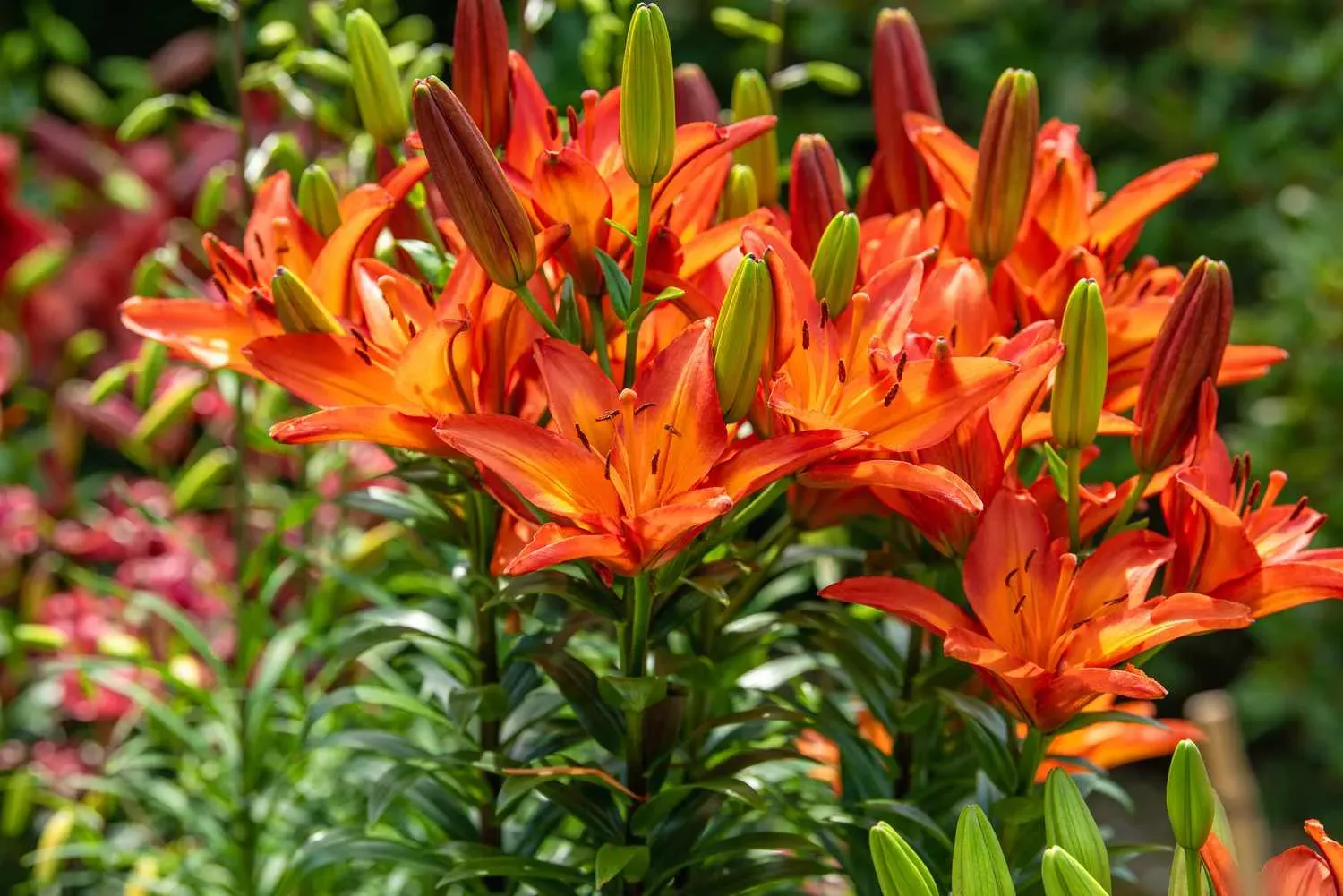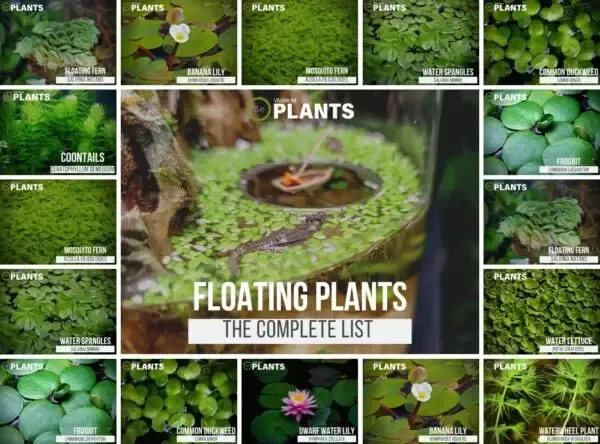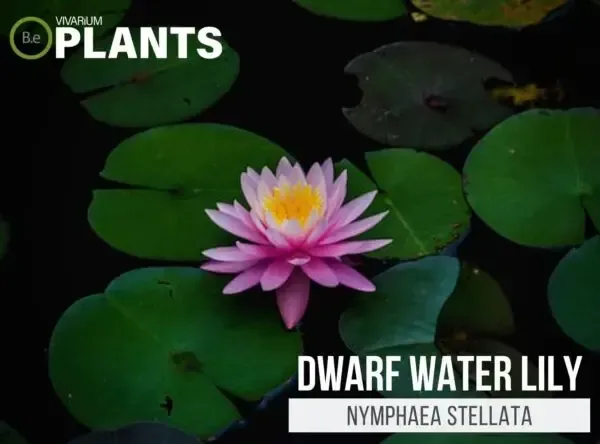Table of Contents
Hey there, fellow plant enthusiasts! Are you dreaming of a vibrant, colorful garden bursting with life, but short on space? Then you've come to the right place! Today, we're diving headfirst into the delightful world of Dwarf lilies – those miniature marvels that pack a huge punch of beauty into a tiny package. Forget those towering lilies that need a whole field to themselves; dwarf lilies are perfect for containers, borders, and even rock gardens. At lilyflower.homes, we believe everyone deserves a beautiful garden, regardless of size, and dwarf lilies are the perfect solution for making that dream a reality. This article will guide you through everything you need to know about selecting, planting, caring for, and showcasing these charming blooms. Get ready to free your inner green thumb and transform your outdoor space into a breathtaking lily paradise!

Amazing Dwarf Lilies: A Gardener's Guide
Choosing the Perfect Dwarf Lilies for Your Garden
Picking the Right Size and Type
So, you're ready to add some dwarf lilies to your garden – awesome! But first, let's talk size. Dwarf lilies aren't all created equal. Some are truly tiny, perfect for window boxes or tiny rock gardens. Others are a bit taller, great for the front of a flower bed. Think about where you want to plant them. A teeny-tiny lily wouldn't be very noticeable in a huge garden, right? And a really tall dwarf lily (yes, they exist!) might look a bit out of place in a miniature fairy garden. You can find amazing variety in colors, too. I once saw a dwarf lily that was a shocking bright orange; it looked like a tiny sun had landed in my garden! There are tons of colors and patterns – some are even speckled! Check out our guide on lily colors for some ideas. Don't be afraid to experiment – that's half the fun!
Lily Type | Typical Height | Best Use |
|---|---|---|
Tiny Dwarf | 6-12 inches | Containers, rock gardens, edging |
Standard Dwarf | 12-18 inches | Borders, small flowerbeds |
Taller Dwarf | 18-24 inches | Mid-border, mixed containers |
Considering Your Garden's Personality
Your garden has a personality, you know! It might be sunny and bright, or shady and mysterious. Some dwarf lilies love to bask in the sun all day long, like little sunbathers. Others prefer a bit of shade, like a shy kid hiding under a tree. Before you buy any lilies, think about how much sun your garden gets. Too much sun, and your lilies might get scorched. Not enough, and they might not bloom as well. We have a great guide on sunlight needs for lilies to help you figure that out. Also, consider the overall style of your garden. Do you have a wild, romantic garden, or something more structured and formal? Choose dwarf lilies that match your garden's vibe. A super-formal garden might not appreciate a chaotic mix of colors, while a wild garden could handle it. It's all about what you like!
- Match lily colors to your existing plants.
- Consider the height and spread of the lilies.
- Think about the overall look you want to achieve.
Dwarf Lilies: Planting and Care Tips for Beginners

Dwarf Lilies Planting And Care Tips For Beginners
So, you’ve picked out the perfect dwarf lilies and are ready to get them in the ground. That’s awesome! But before you grab your trowel, let's go over some basic tips to ensure your lilies thrive. First, choose a spot in your garden that gets the right amount of sunlight. Dwarf lilies love some sun, but not too much. Think about where the sun hits your garden during the day. Morning sun is great, but direct afternoon sun can be a bit much. If you’re unsure, check out our guide on .
When it comes to soil, lilies prefer a well-draining mix. Imagine a sponge that soaks up water but doesn’t stay soggy. That’s what you want for your lilies. You can improve drainage by adding perlite or sand to your soil. This is especially important if you have heavy clay soil. A quick tip: always plant your lilies with the pointy end up and about 4-6 inches deep. If you plant them too shallow, they might pop out of the ground during a heavy rain. Too deep, and they might struggle to grow.
Soil Type | Drainage Improvement | Planting Depth |
|---|---|---|
Clay | Add perlite or sand | 4-6 inches |
Sandy | Add compost | 4-6 inches |
Loam | Minimal improvement needed | 4-6 inches |
Watering is another key aspect of lily care. These little guys like to stay moist but not waterlogged. Think of a sponge that’s damp but not dripping. Water them deeply but infrequently. This encourages their roots to grow deep and strong. Overwatering can lead to root rot, which is a big no-no. If you’re unsure about watering, our has got you covered.
Fertilizing is like giving your lilies a healthy snack. They need a balanced diet to grow strong and bloom beautifully. Use a slow-release fertilizer in the spring and a bloom booster in the summer. This will give your lilies the nutrients they need without overwhelming them. Just like with watering, too much fertilizer can do more harm than good. Always follow the instructions on the package and don’t overdo it.
- Use a slow-release fertilizer in spring
- Apply a bloom booster in summer
- Follow package instructions
Growing Gorgeous Dwarf Lilies: Troubleshooting Common Problems

Growing Gorgeous Dwarf Lilies Troubleshooting Common Problems
Dealing with Pests and Diseases
Oh no, your beautiful dwarf lilies are under attack! Pests and diseases can be a real bummer, but don't worry, we've got some tricks up our sleeves. One of the most common pests you might encounter is the aphid. These tiny critters love to feast on the sap of your lilies, leaving them weak and stunted. The good news? You can often get rid of them with a simple blast of water from a garden hose. If that doesn’t do the trick, try using a mild insecticidal soap. Just make sure to follow the instructions on the label to avoid hurting your plants. For more tips on pest control, check out our .
Another pesky problem is fungal diseases, like botrytis or root rot. These can be a real drag, especially in humid conditions. The key is to keep your plants well-ventilated and not overwater them. If you notice any signs of fungal issues, such as brown spots on the leaves or mushy roots, act fast! Remove the affected parts and apply a fungicide. Our has more detailed information on how to use these products effectively. Remember, prevention is better than cure, so always keep an eye on your plants and catch any issues early.
Pest/Disease | Symptoms | Solution |
|---|---|---|
Aphids | Stunted growth, yellowing leaves | Water spray, insecticidal soap |
Botrytis | Brown spots on leaves | Fungicide, remove affected parts |
Root Rot | Mushy roots, yellowing leaves | Improve drainage, fungicide |
Watering and Sunlight Woes
Watering your dwarf lilies might seem straightforward, but it's a bit like Goldilocks and the Three Bears – you want it just right. Too much water, and your lilies will develop root rot. Too little, and they'll wilt and look sad. The key is to keep the soil consistently moist but not soggy. A good rule of thumb is to water deeply but infrequently. This encourages the roots to grow deep and strong. If you're unsure about watering, our has all the tips you need.
Sunlight is another crucial factor. Dwarf lilies love a bit of sun, but they can get scorched if exposed to too much direct sunlight, especially in the afternoon. Think of it like this: lilies are like little kids at the beach – they love to play in the sun, but they need a break in the shade to avoid getting sunburned. Morning sun is ideal, and a bit of afternoon shade is perfect. If you're growing lilies in containers, you can easily move them around to get the right balance. For more information on sunlight needs, check out our . Happy gardening!
- Water deeply but infrequently
- Keep soil consistently moist but not soggy
- Provide morning sun and afternoon shade
Stunning Displays: Creative Ideas for Dwarf Lilies in Your Landscape

Stunning Displays Creative Ideas For Dwarf Lilies In Your Landscape
Container Charms
One of the best things about dwarf lilies is how well they do in containers. Imagine a series of pots, each with a different color and pattern, sitting on your patio or deck. It's like having a mini garden show right at your doorstep! Containers are perfect for those with limited space or if you want to move your lilies around to different spots in your garden. For more tips on growing lilies in pots, check out our .
When choosing containers, opt for ones that have good drainage. A pot with drainage holes at the bottom is essential to prevent water from sitting and causing root rot. Fill the pot with a well-draining soil mix, and make sure to water your lilies regularly but not too much. A good rule of thumb is to let the top inch of soil dry out before watering again. For more details on soil requirements, visit our .
Container Type | Drainage | Watering Tips |
|---|---|---|
Pots | Drainage holes | Water when top inch is dry |
Hanging baskets | Mesh bottom | Morning waterings |
Window boxes | Drainage holes | Consistent moisture |
Border Beauties
Dwarf lilies are also fantastic for adding color and texture to your garden borders. Think about a row of dwarf lilies along the edge of your flower bed, their bright blooms catching the eye and drawing you in. They're perfect for filling in gaps and adding depth to your garden design. Choose a mix of colors and heights to create a dynamic and engaging border. For more tips on companion planting, check out our .
When planting lilies in a border, consider the overall layout of your garden. Place taller plants at the back and shorter ones at the front to ensure all plants get the sunlight they need. Mix in some perennials and annuals to keep the border looking vibrant throughout the growing season. You can also add some mulch around the base of your lilies to help retain moisture and suppress weeds. For more tips on mulching, visit our .
- Place taller plants at the back
- Mix in perennials and annuals
- Use mulch to retain moisture
Final Thought
So, there you have it – a comprehensive guide to the wonderful world of dwarf lilies. From selecting the perfect varieties to troubleshooting common problems, we've covered it all. Remember, the key to success is understanding the unique needs of these charming plants and providing them with the care they deserve. With a little effort, you'll be rewarded with a stunning display of color and fragrance that will brighten your garden for years to come. Happy gardening!